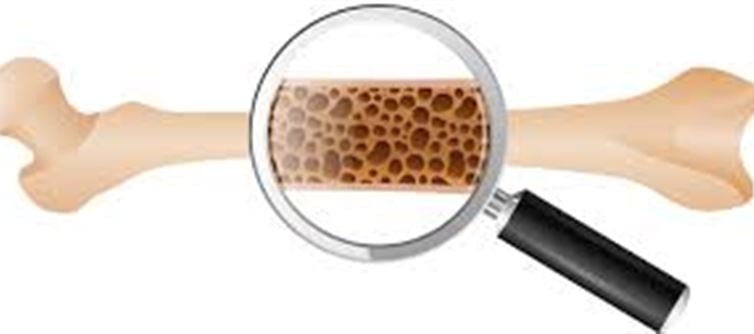

Early identification of osteoporosis is crucial for preventing bone fractures and improving long-term bone health. Osteoporosis, often referred to as a "silent disease," typically progresses without noticeable symptoms until a bone fractures. The first sign may be a broken bone after a minor fall or injury, often in the spine, hip, or wrist. Regular bone density tests, such as a DEXA scan, can help identify thinning bones early on, especially for those at higher risk due to factors like age, gender, or family history.
Several risk factors can make someone more susceptible to osteoporosis, including being postmenopausal, having a history of fractures, or having a low body weight. A lack of calcium and vitamin D in the diet, sedentary lifestyle, smoking, and excessive alcohol consumption can also increase the risk. If you fall into one of these categories, it’s important to discuss bone health with your healthcare provider, who may recommend lifestyle changes or tests to monitor bone density over time.
In addition to diagnostic tests, there are some subtle warning signs of weakened bones. Back pain or a decrease in height may indicate a compression fracture in the spine, which can happen without trauma. people with osteoporosis may also experience a stooped posture or difficulty standing straight, as bones in the spine weaken and collapse. These signs can be easily overlooked, but they should prompt a conversation with your doctor about osteoporosis.
Preventing osteoporosis involves a combination of lifestyle choices aimed at maintaining strong bones. Regular weight-bearing exercises, such as walking or strength training, along with a diet rich in calcium and vitamin D, are essential. Additionally, avoiding smoking and limiting alcohol consumption can help protect bone health. Identifying osteoporosis early and taking steps to strengthen bones through medication and lifestyle adjustments can significantly improve quality of life and reduce the risk of fractures.




 click and follow Indiaherald WhatsApp channel
click and follow Indiaherald WhatsApp channel